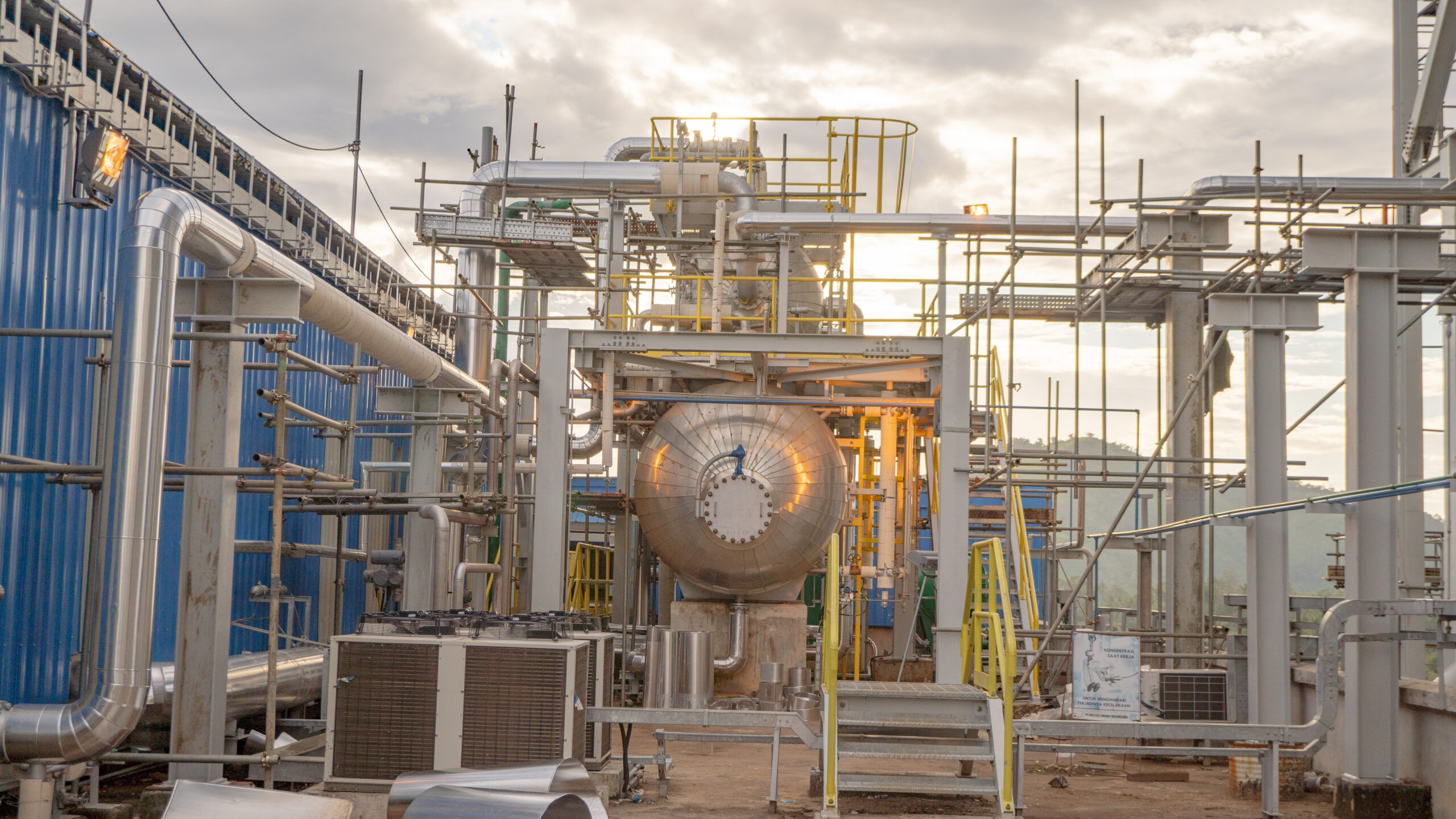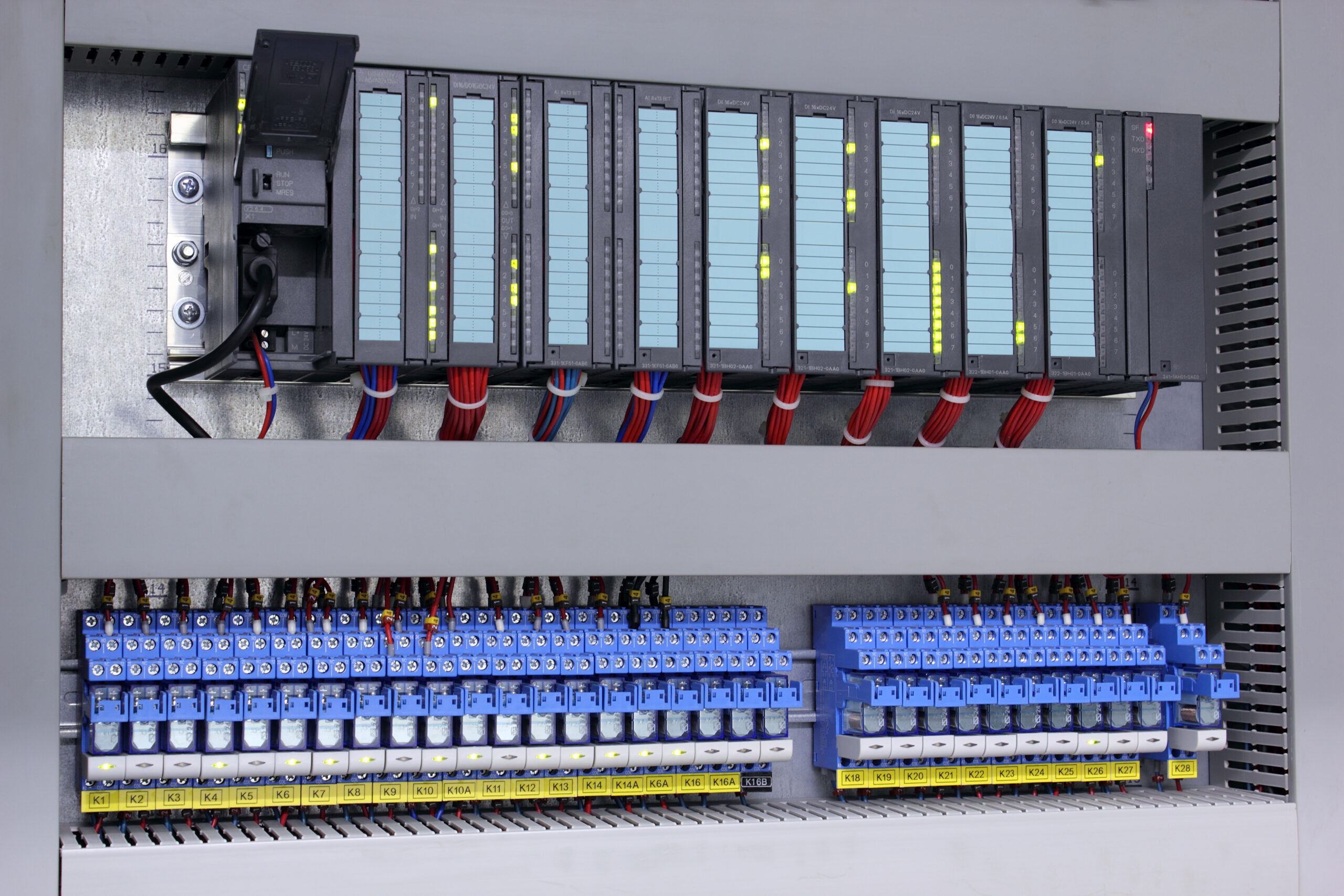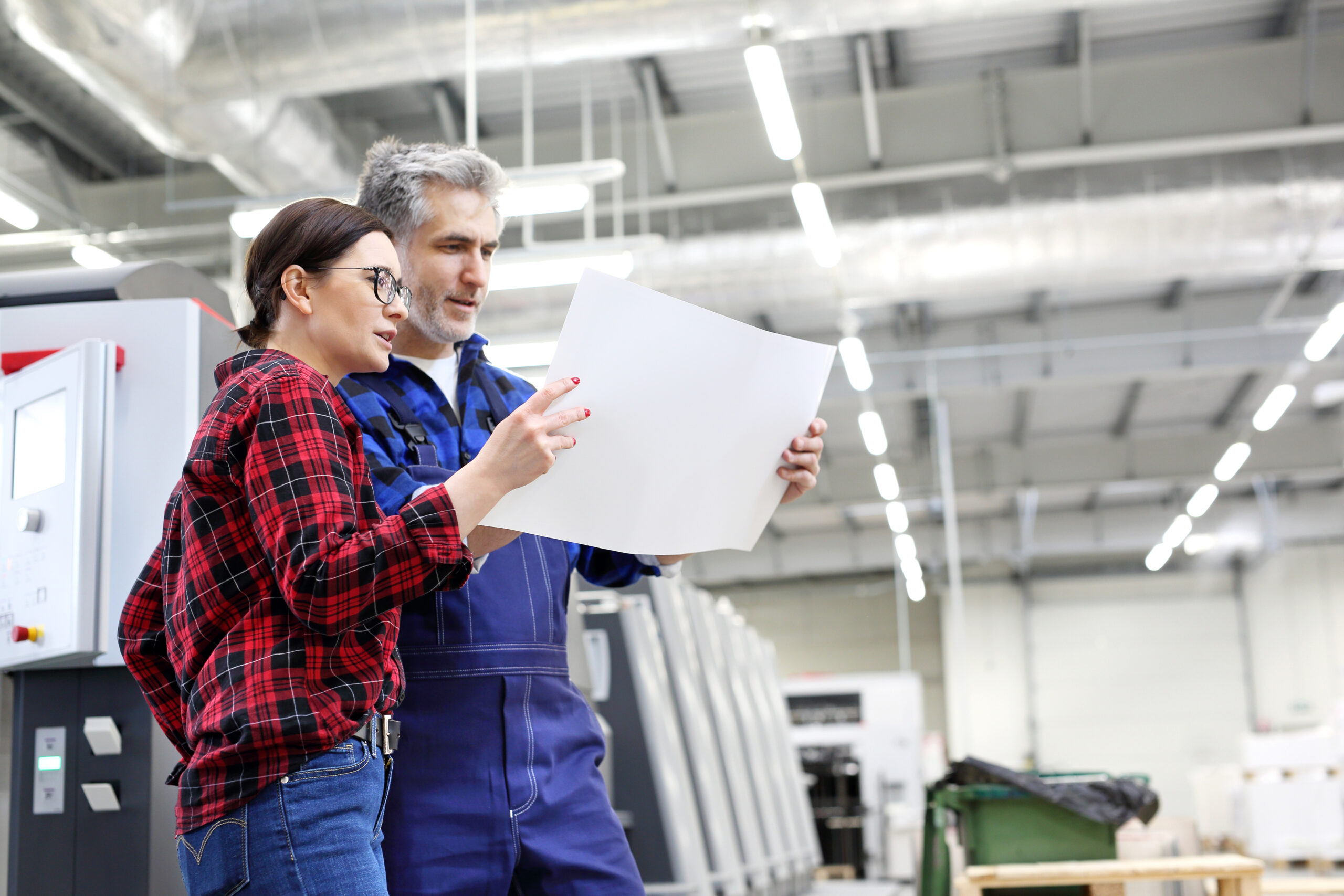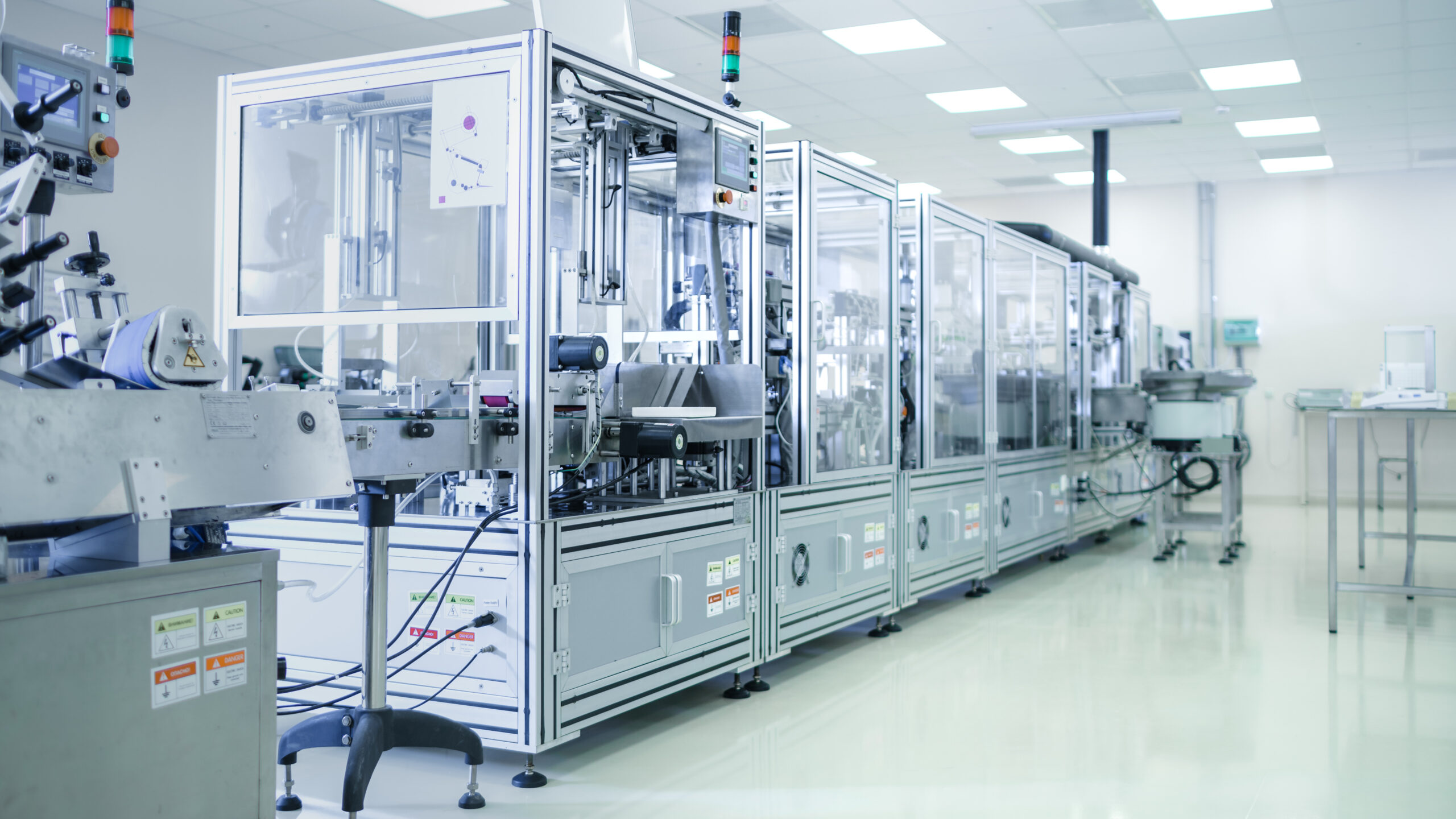Jigs & Fixtures Design
Jigs & Fixtures Design Request a fixture concept.
Our offer
Do you need higher precision, quality and repeatability in your welding process?
We design professional Jigs & Fixtures tailored to your production needs—from simple manual solutions to advanced robotic systems.
Manual fixtures & jigs
- Modular solutions – quick and flexible to deploy.
- Ideal for short production runs and prototypes.
Semi-automatic fixtures
- Equipped with pneumatic or hydraulic clamps.
- Provide stable clamping and reduce operator error.
- A great fit for medium-volume production.
Robotic welding fixtures
- For high-volume and high-precision manufacturing.
- Integrate with industrial robots and positioners.
- PLC-based control with integrated safety sensors.
Why choose us?
360° delivery – from requirements and CAD, through FEA simulations, manufacturing and commissioning, to CE technical documentation.
Sector experience – precision-demanding industries: railway, automotive, heavy-duty vehicles and defence.
Agile machine building – flexible approach, rapid prototyping and early functional tests (FAT).
CE & safety – risk analysis and complete technical documentation to ensure compliance.
Service & improvement – post-implementation support, calibration, retrofit and continuous optimisation.
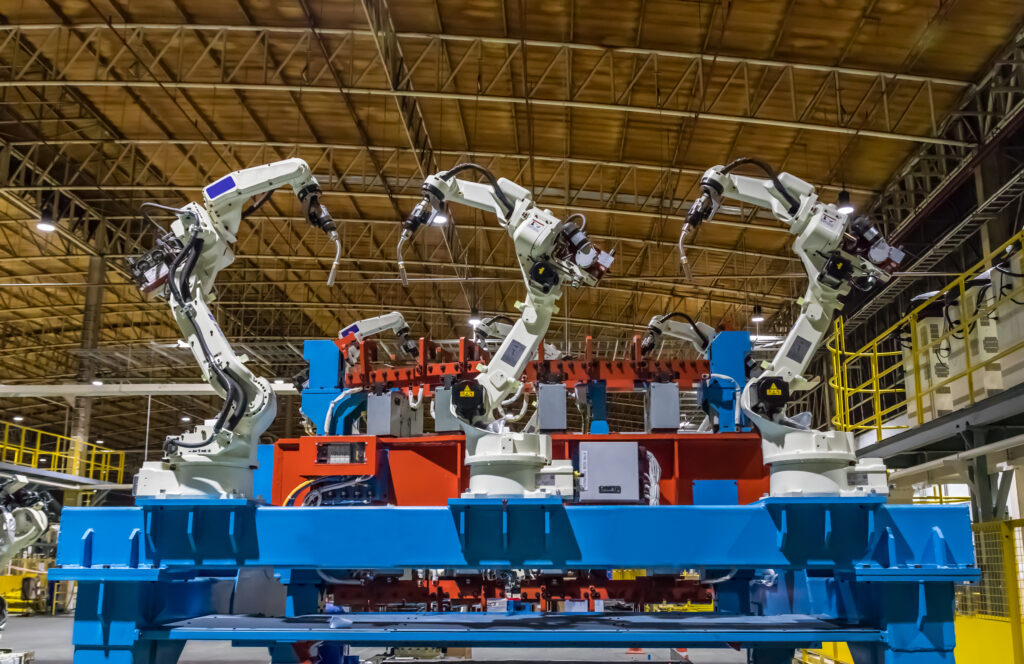
What are welding fixtures?
Welding fixtures are specialised technical devices used to precisely position, clamp and stabilise individual parts during welding operations. Their purpose is to ensure very high repeatability of the production process, which translates directly into excellent weld quality and dimensional accuracy of joints. Properly engineered fixtures define reference datums, locate parts with pins and dedicated nests, and apply controlled clamping forces so that elements do not shift or deform during welding.
Well-designed fixtures also minimise the risk of errors arising from part movement or thermal effects. By applying controlled pre-loads and compensating for heat-induced distortion, they keep geometry within tolerance and improve the surface finish of the final component. Where required, fixtures can be integrated with safety-related controls and devices—for example guards and protective devices, emergency stop devices, or light-curtain solutions that keep the operator within a safeguarded space—to support safe operation of the station.
When should welding fixtures be used?
Welding fixtures are strongly recommended wherever quality, precision and repeatability must be maintained from batch to batch. They are particularly beneficial in serial and mass production, where even small deviations may lead to quality losses, rework or longer cycle times. Fixtures are also essential for components with complex geometry that demand very accurate positioning—situations in which manual clamping could result in unwanted deformation or other technical issues.
In practice, fixtures bring the greatest value in industries that impose strict safety and quality requirements and require fully documented, tightly controlled processes—such as the automotive, railway and aerospace sectors. In these environments, a dedicated fixture shortens change-over, reduces operator fatigue and variability, supports poka-yoke (error-proofing), and helps achieve consistent inspection results across shifts. Where fixtures interface with machine safety elements, we follow the same terminology used in compliance documentation (e.g. safety function, guard, protective device) to ensure alignment with standards and instructions for use.
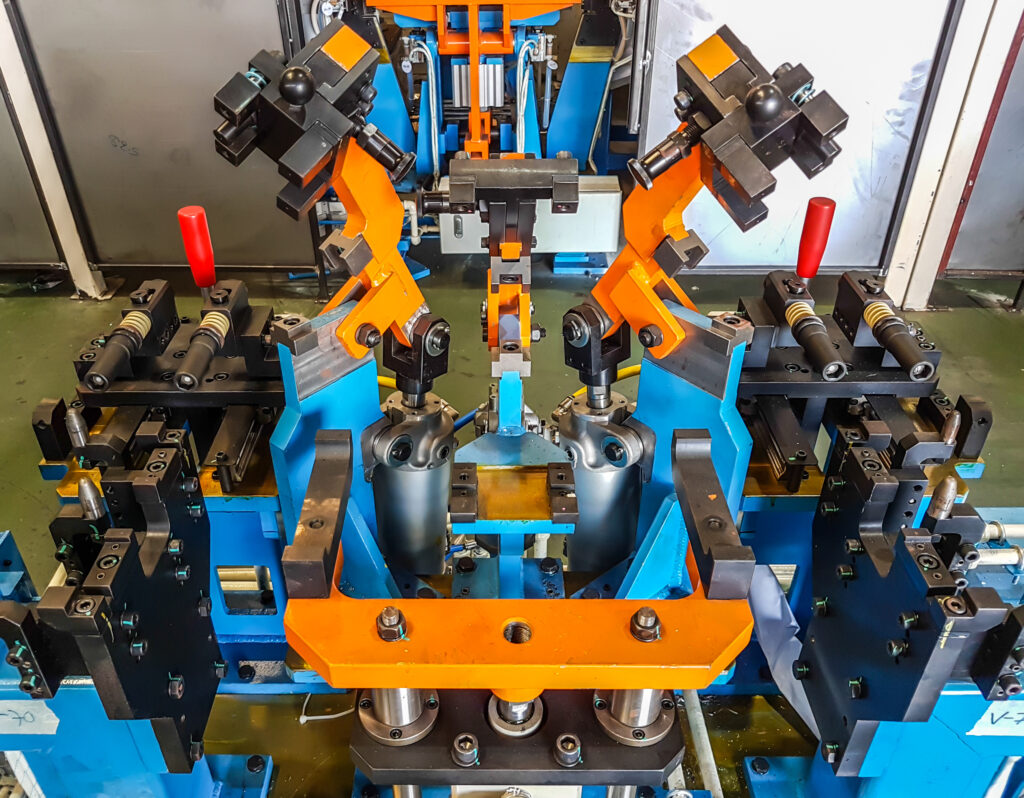
Your benefits
1
Improved weld quality
2
Shorter production cycle
3
Enhanced workplace safety
4
Reduced operating costs
1. Improved weld quality
Our fixtures enable exceptionally precise positioning of parts, which guarantees dimensional stability of finished products. As a result, every weld is produced exactly to the specified technical parameters, minimising the risk of errors and nonconformities with the technical documentation.
2. Shorter production cycle
Introducing automatic and semi-automatic clamping systems significantly speeds up assembly steps and the welding operation itself. By optimising these stages, the entire production cycle can be shortened considerably, which raises the overall throughput of the manufacturing plant.
3. Enhanced workplace safety
Using our fixtures—equipped with advanced sensors and safety interlocking devices—effectively reduces the risk of human error. Operators can perform their tasks safely, avoiding hazards associated with manual handling of heavy or complex parts.
4. Reduced operating costs
Our solutions lower the amount of production scrap and reduce the need for costly corrections and rework. With better process control and fewer errors, costs related to materials, energy and labour drop significantly.
Concept design
We analyse the parts, quality requirements, and the intended assembly and clamping method. On this basis we prepare a preliminary 3D sketch of the fixture and define the degree of automation, tailoring the concept to the customer’s needs.
Technology & process trials
We run tests on prototypes or mock-up models to verify assembly feasibility, the accessibility of welding tools, and the effectiveness of methods that minimise welding distortion. This approach confirms process robustness and reduces the risk of production errors before serial launch.
Modelling & computer simulations
Using CAD/CAM we develop detailed 3D models that allow precise arrangement of datums and clamps and simulation of assembly operations. We also simulate structural behaviour under load, which speeds up design refinement and reduces the need for frequent physical prototyping.
Strength analysis (FEA)
We use finite element analysis to verify the design for strength and stability. Weak points are identified and the structure is modified where needed to ensure safety, durability and precision of the welding fixture in operation.
Welding-process optimisation
We analyse the welding sequence and propose the optimal order of welds. Where required we integrate control elements and mechanical limits that guide tools and prevent collisions. The result is a consistent process, reduced deformation and easier quality control of joints.
Risk analysis & safety
We carry out detailed risk analysis both for machine/fixture safety and PFMEA. We design and implement protective measures such as guards, interlocking devices and emergency stop devices to achieve safe operation of the station, all in line with harmonised standards and with the documentation needed for CE marking.
Jigs & Fixtures Design: Project delivery process
| Stage | Actions | Result |
|---|---|---|
| Needs analysis | Requirements gathering; CAD review | Technical concept |
| Design | 3D preliminary models; FEA; FMEA | Detailed design package |
| Manufacturing & testing | Assembly; functional tests (FAT) | Fixture ready for installation |
| Installation | Commissioning; workstation integration; training | Operational production station |
| Service & optimisation | Calibration; retrofit/modernisation; continuous improvement | Efficient long-term use |
We invite you to contact our team to discuss the details of your welding-fixture & jigs requirements. We’re happy to answer your questions, advise on optimal solutions, and prepare a proposal tailored to your needs. Engineering Shield is a partner that delivers projects end-to-end—from the initial concept through to commissioning on your production line.
Contact us — together we’ll streamline and modernise your welding process!
FAQ: Jigs & Fixtures Design
A welding fixture is a purpose-built device that locates and clamps parts so they stay in the correct position and orientation during welding, ensuring repeatability and accuracy.
A welding jig is a guiding/locating aid used to position parts or guide tools; in welding practice the term is often used broadly, but strictly a jig guides while a fixture holds.
Jig → guides the tool; fixture → holds and locates the workpiece. In welding, fixtures are more common because they resist heat and distortion while keeping parts aligned.
They improve precision, cycle time and safety,and safety. Proper fixturing stabilizes geometry, reduces operator error, and—together with the right weld sequence—helps limit distortion.
Define datums and tolerances, plan locators, supports, and clamps, account for weld sequence and access, verify removal of the finished part, and validate the concept with trials or simulation.
Get in touch!
We’re happy to answer your questions!
